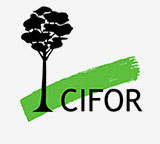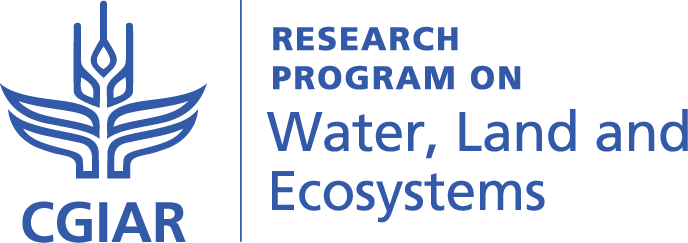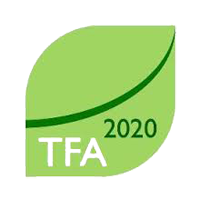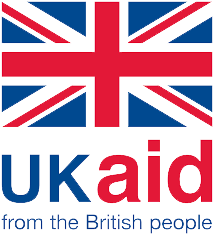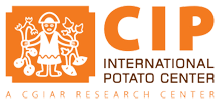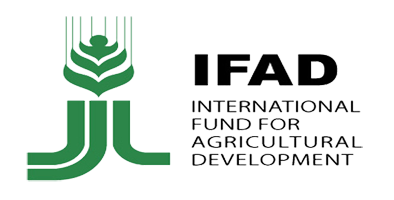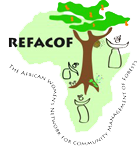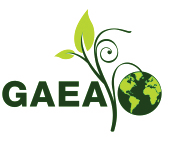Press Release: Embargoed until November 17, 2016, 10am GMT
The Global Peatlands Initiative is a new UN Environment led multi-partner effort to save one of the world’s largest carbon stocks.
In terms of scale and scope, the Initiative goes beyond any recent collaborative efforts on peat.
These restoration efforts can be easily targeted with 25 countries, among them
Indonesia and Malaysia, being responsible for 95% of global emissions from peatland drainage.
The Global Peatlands Initiative aims to scale up the conservation, restoration and sustainable management of peatlands in countries with significant peat deposits delivering benefits for agriculture, bio-diversity and the climate.
It was discussed at the Global Landscapes Forum, the leading side event of the UN’s COP22 climate change talks in Marrakesh, Morocco.
Containing up to 100 times more carbon than tropical forests, peatlands have crucial relevance in fighting climate change.
Some estimates suggest that draining and degrading peatlands is responsible for as much as 5% of global anthropogenic emissions.
Although they cover less than 3 percent of the global land surface, the carbon stock in peatlands is equivalent to at least 60% of all atmospheric carbon and substantially more than the carbon stock in the entire forest biomass of the world.
But the impacts of peatland degradation go beyond greenhouse gas emissions. The 2015 Indonesian peat fires led to economic damage of estimated 16 billion USD, affected 43 million people and indirectly killed up to 100,000 people through the noxious effects of toxic haze.
Tropical peatlands support diverse ecosystems and are home to many endangered species like gorillas and orangutans.
Boreal, sub-Arctic and Arctic peatlands are home to species with unique adaptations as well as supporting important traditional knowledge and practices.
Peatlands are under threat throughout the world. In boreal areas, permafrost is melting causing peat to dry out. In tropical areas, peatlands are being deforested and drained at an unprecedented rate for agriculture, especially oil palm and pulp wood plantations.
On the other hand, peatlands hold significant climate change mitigation potential if they are restored or re-wetted.
It will help build an understanding of the rates, drivers and pathways of peatland ecosystem change, to develop management and policy options that minimize impacts on people and the environment and avoid dangerous social and climatic tipping points.
Among the founding members are: the governments of Indonesia, Peru, the Republic of Congo, UNEP, FAO, IFAD, the EC, Wetlands International, UNEP-WCMC, GRID-Arendal, Ramsar Secretariat, European Space Agency, WRI, Greifswald Mire Centre and SarVision/Sateligence.
A recent study found that in 25 countries emissions from peatland degradation are over 50 per cent of the emissions from fossil fuels and cement production combined, hence peatland emissions are of national and global significance.
Conversely, their degradation threatens efforts to achieve the SDGs. As one example, drained and drying peatlands are exposed to subsidence, which in the case of coastal peatlands can lead to saltwater intrusion with highly damaging effects.
Subsidence may cause almost the entire area of lowland peatlands in Southeast Asia (~250,000 km2) to be lowered to near sea level and become susceptible to frequent or permanent flooding and in tidal areas to salt water intrusion with significant loss to agricultural production and the ability to generate income.
The Speakers
- Nazir Foead, Head Indonesia Peat Restoration Agency (BRG)
- Martin Frick, Director Climate and Environment, FAO
- Horst Freiberg, Head of Division for Forest Conservation and Sustainable Management of Forests, Biological Diversity and Climate Change, German Federal Ministry for the Environment, Nature Conservation and Nuclear Safety
- Frank-Martin Seifert, Technical Officer, European Space Agency
- Jaime Webbe, Chief Environmental Education and Training Unit, United Nations Environment Programme


